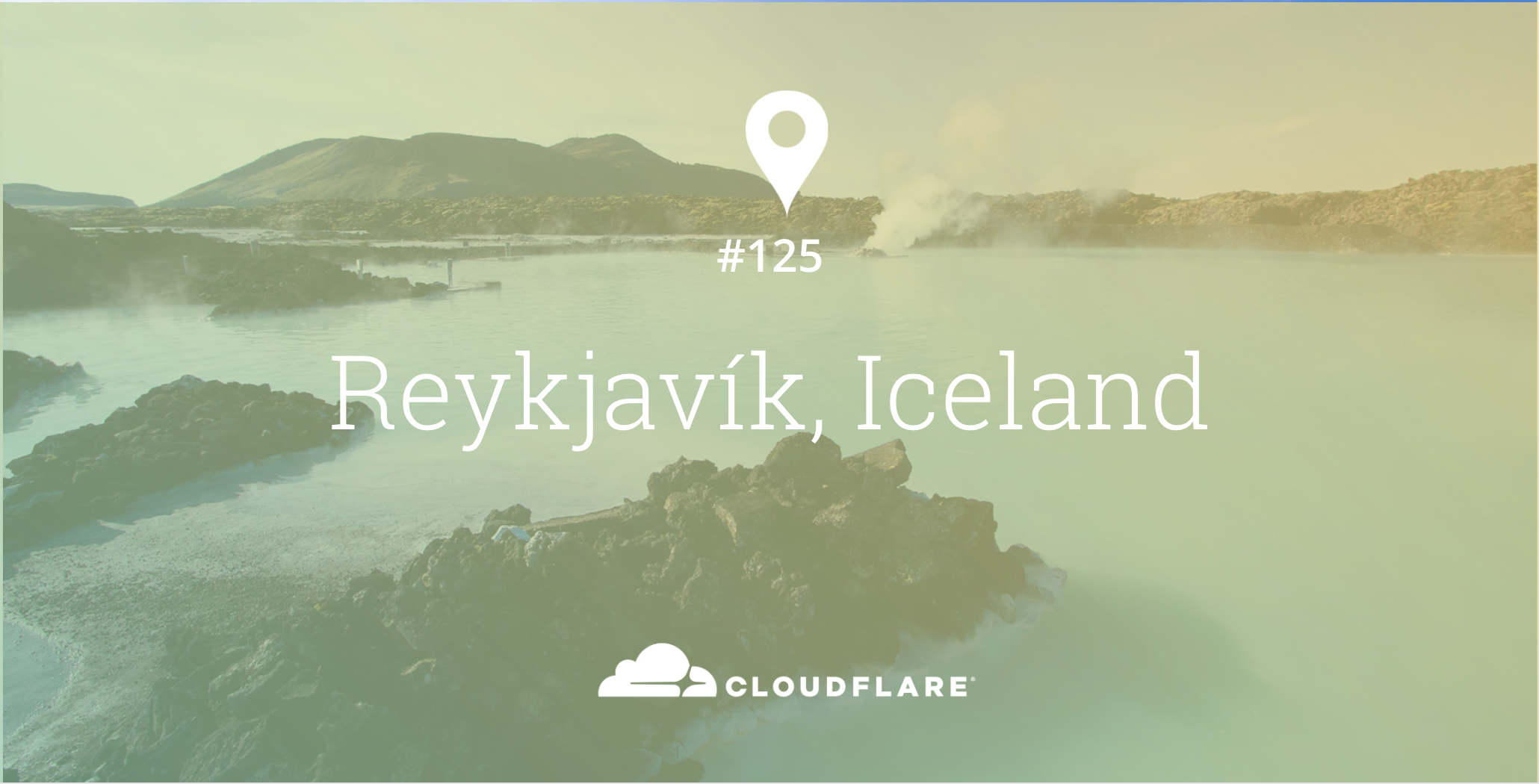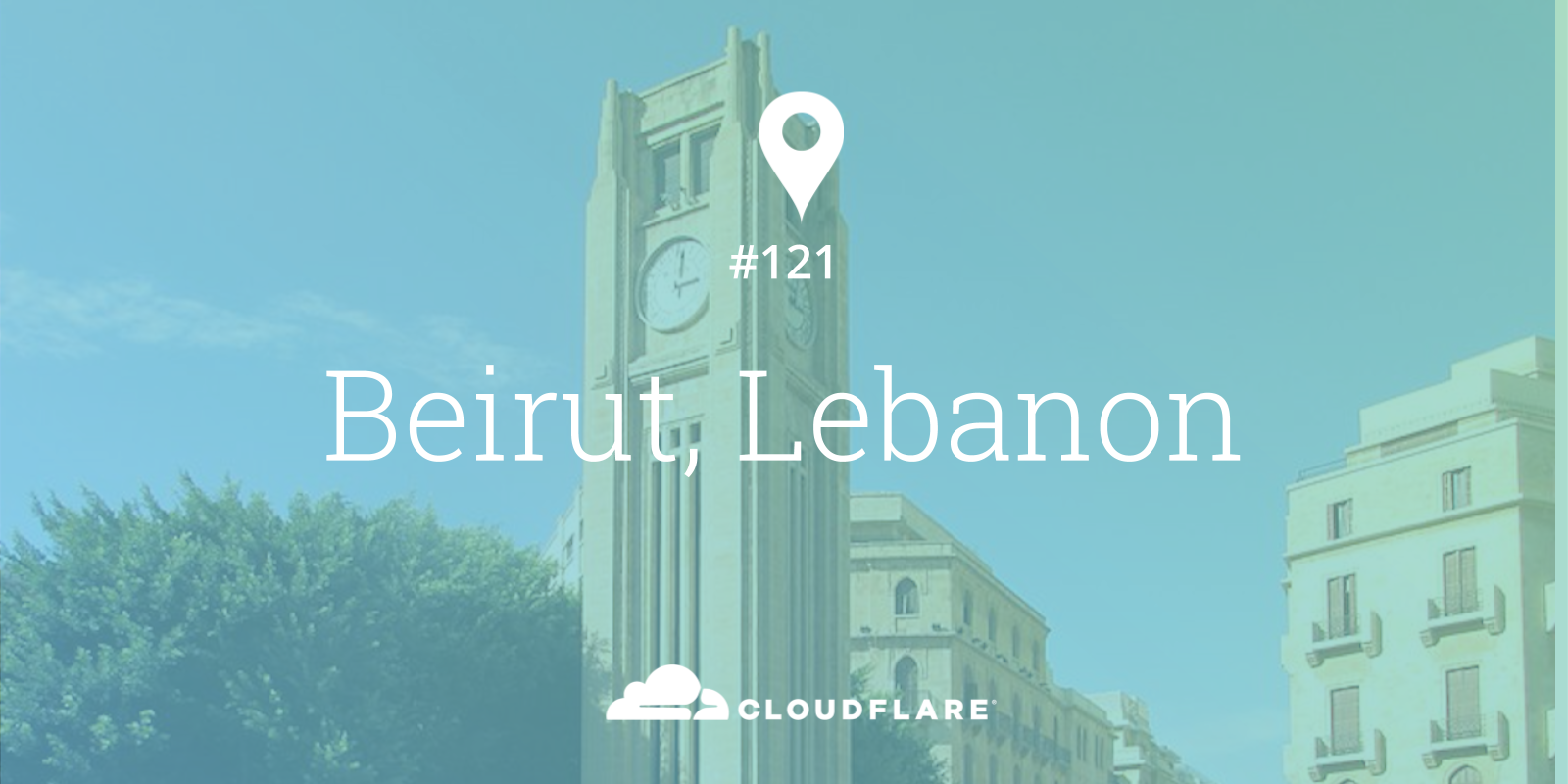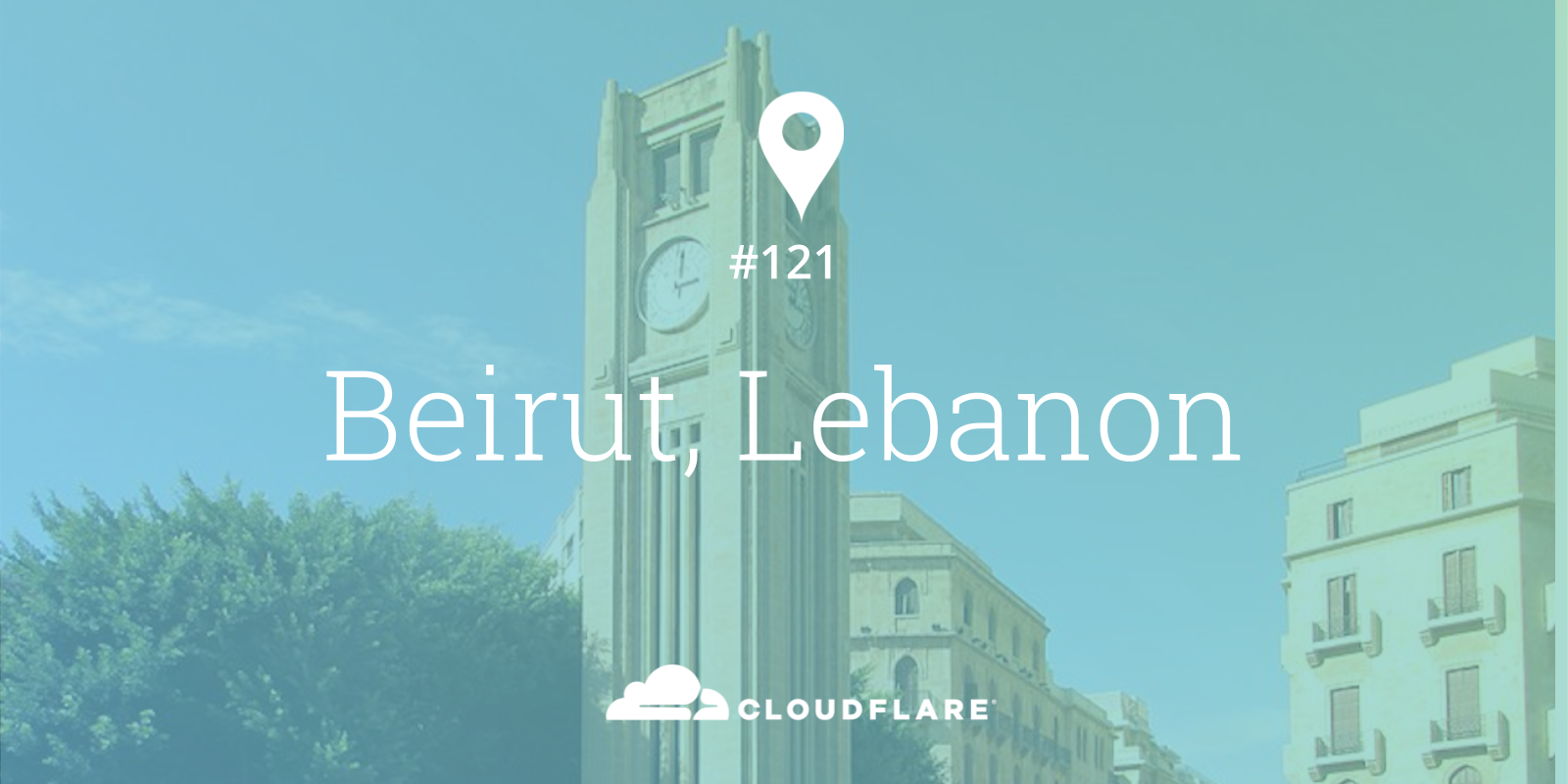Author Archives: Marty Strong
Author Archives: Marty Strong

Recently we announced our fast, privacy-centric DNS resolver 1.1.1.1, supported by our global network. As you can see 1.1.1.1 is very easy to remember, which is both a blessing and a curse. In the time leading up to the announcement of the resolver service we began testing reachability to 1.1.1.1, primarily using the RIPE Atlas probes. The RIPE Atlas project is an extensive collection of small monitoring devices hosted by the public around the world. Currently there are over 10,000 active probes hosted in over 3,000 networks, giving great vantage points for testing. We found large numbers of probes unable to query 1.1.1.1, but successfully able to query 1.0.0.1 in almost all cases. 1.0.0.1 is the secondary address we have assigned for the resolver, to allow clients who are unable to reach 1.1.1.1 to be able to make DNS queries.
This blog focuses on IPv4. We provide four IPs (two for each IP address family) in order to provide a path toward the DNS resolver independent of IPv4 or IPv6 reachability.


Our newest data center in Edinburgh expands our current total to 139 cities globally with a Cloudflare deployment. It also brings our UK total to 3 cities, after London and Manchester.
Edinburgh is the capital of Scotland, located in the Lothian region. It has been recognised as the capital since the 15th century, and is the home of the Scottish government, parliament and supreme courts. It is a city of many hills, with important landmarks such as Edinburgh Castle being built at the top of a hill.
Photo by Nicola Gadler / Unsplash
One of the most famous events held each year in Edinburgh is the Fringe Festival, which is reported to be the world's largest arts festival. Many famous comedians have made their big break at this very festival.
The internet community in the UK is very well established, but mostly concentrated on London and Manchester, with a heavy emphasis on London. By deploying in Edinburgh we're encouraging ISPs to regionalise their traffic, away from just London. We're connected to IXScotland, and are actively seeking to peer with other connected networks, to help build the peering community.
Can Continue reading

Iceland is a small country in Northern Europe, a land of active volcanoes and boiling hot geysers. The geology and climate creates unique conditions for running compute power. With an abundance of green electricity and natural cooling, many companies are placing high power machines in Iceland to run power intensive, heat generating operations. Reykjavík is our 125th location globally.

A unique aspect about Iceland relates to how it connects to the Internet, being situated on the Mid-Atlantic Ridge means submarine cables are necessary to reach networks in other countries. Iceland has three active fibre optic submarine cables that land on its shores: FARICE-1, DANICE and Greenland Connect. Due to the distance, latency to the nearest Cloudflare locations in London and Copenhagen starts at 35 milliseconds. By deploying in Reykjavík, we're able to drive down latency even further to a minimum of under 1 millisecond.
Iceland is unique in many ways, but is no different from other countries when it comes to exchanging internet traffic. ISNIC, Iceland's Network Information Centre runs RIX, the Reykjavík Internet Exchange. Cloudflare is the only CDN network connected to RIX, allowing traffic to flow directly to Continue reading

Lebanon is a historic country, home to two cities among the oldest in the world. There’s a vast mix of influences from the East and West. It’s also the smallest country in continental Asia.

CC-BY-SA Gregor Rom
Lebanon is a little different to most other countries when it comes to the internet, with all connectivity to the outside world flowing via a single network, Ogero. Traffic to Lebanon was previously served from our existing deployments in Marseille and Paris, due to where Ogero connects to the rest of the internet. By deploying locally in Beirut, round-trip latency is cut by around 50 milliseconds. This might seem like almost nothing, but it adds up when you factor in a DNS lookup and 3-way handshake required to open a TCP connection. Internet penetration in Lebanon according to different sources is around 75%, which is quite high. However, the speed available to end users is low, typically in single digit megabits per second.
The Ministry of Telecommunications has an ambitious plan to Continue reading

Internet Exchange Points (IXPs) or Network Access Points (NAPs) facilities are where networks meet, participating in what's known as peering, which interconnects various parts of the global Internet.
At CloudFlare we are dedicated to peering. So much so that we just joined our 100th Internet Exchange point!
 Image courtesy of Martin Levy
Image courtesy of Martin Levy
According to Wikipedia:
“In computer networking, peering is a voluntary interconnection of administratively separate Internet networks for the purpose of exchanging traffic between the users of each network”
In reality this normally means a physical place where two different networks (they could be backbones, CDNs, mobile networks or broadband ISPs) connect their respective networks together to exchange traffic. Over the last fifteen years, there has been a major expansion in network interconnections, running parallel to the enormous expansion of the global Internet. This expansion includes new data centre facilities being developed to house network equipment. Some of those data centres have attracted massive numbers of networks, in no small part due to the thriving Internet Exchanges Points (both new and existing) that operate within them. London with the LINX and LONAP exchanges, Amsterdam with AMS-IX and NL-IX exchanges, Frankfurt with DE-CIX and ECIX exchanges Continue reading